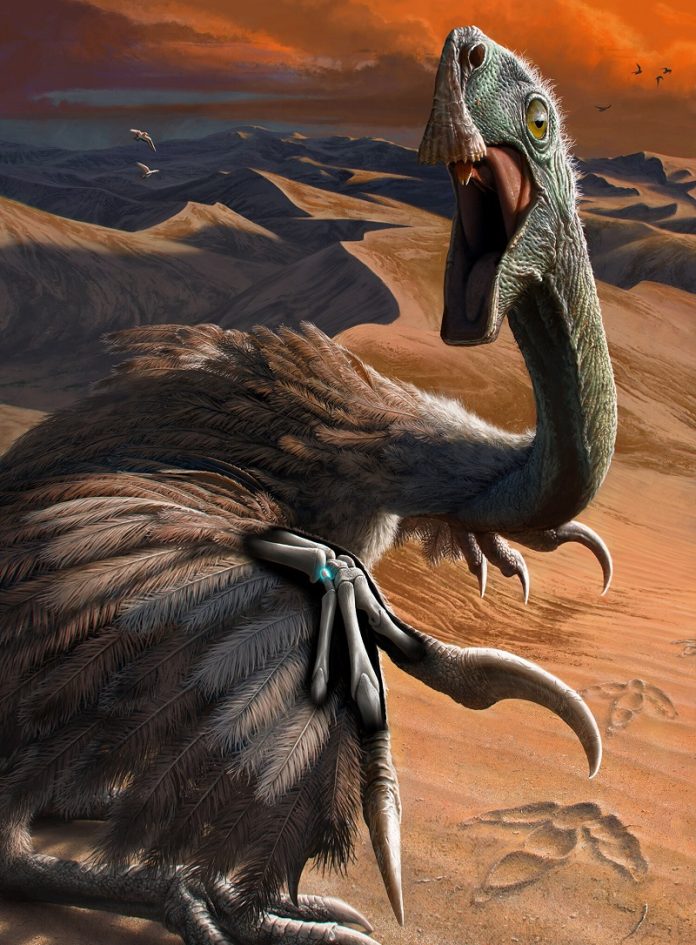
Scientists have uncovered a surprising piece of the puzzle in the evolution of flight: a tiny wrist bone in certain dinosaurs that may have helped set the stage for birds to take to the skies.
A new study led by Dr. James Napoli of Stony Brook University reveals that two types of theropod dinosaurs had a special wrist bone called the pisiform.
This bone is known to be important for flight in birds today, but until now, researchers believed it was missing in non-bird dinosaurs.
The discovery, published in Nature, suggests that changes in wrist anatomy may have played a key role in the origin of flight—possibly even more than feathers or wings themselves.
The pisiform bone in birds is small but critical. It helps support the wing and makes it possible for birds to automatically fold their wings when they bend their elbows.
Its distinctive V-shaped notch also keeps the hand bones stable during flight.
This bone originally evolved as a type of sesamoid bone, like the kneecap, but in birds, it shifted positions and replaced another wrist bone called the ulnare.
Dr. Napoli and his team studied fossils of two theropods: a troodontid, a birdlike raptor similar to Velociraptor, and an oviraptorid, a feathered, beaked dinosaur.
Thanks to exceptionally well-preserved fossils and high-resolution CT scans, the researchers were able to digitally isolate the wrist bones and identify the pisiform in a new, migrated position—previously believed to be unique to birds.
This is the first time that a migrated pisiform has been found in a non-bird meat-eating dinosaur. Dr. Napoli believes this shift in bone position may have been a critical step in the evolution of flight.
Interestingly, these wrist changes appear only in a group of dinosaurs known as Pennaraptora, which includes dromaeosaurids like Velociraptor, as well as troodontids and oviraptorosaurs.
This group is known for many birdlike traits, including feathers and wings, and is thought to include some species that experimented with different forms of flight.
The researchers say it’s still unclear how many times flight evolved in dinosaurs—possibly two or even five separate times—but the new findings suggest that the wrist bone change came first. That structural shift may have enabled the complex arm and wing movements needed for flying.
As scientists continue to study the fine details of dinosaur bones, especially the wrist, they’re uncovering more evidence that bird features evolved step by step—and that what we think of as “bird bones” were already taking shape in their dinosaur ancestors.



